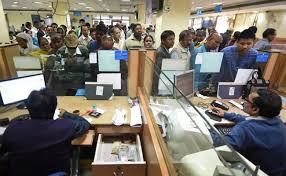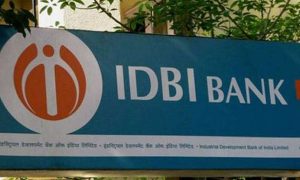The colonisers established three banks, Bank of Bengal, Bank of Bombay, and Bank of Madras. These three financial institutions were called the Presidential Banks.
The banking system acts as the backbone of any economy. People across the globe know how banks react to the global economic crisis. Be it the financial crisis of 2008, the Covid Pandemic, the fall of Signature, and First Republic Bank, Banks sustain all but try hard to float. When it comes to India, our banking system started pre-independence. In 1770, Britishers gifted India its first bank, Bank Of Hindustan, headquartered in the then capital, Calcutta.
Read More: Paytm Payment Services Granted RBI Extension To Resubmit Payment Aggregator Licence Application
However, the bank ceased to work in 1832. In the pre-independence period, a total of 600 banks were registered but only a few managed to survive. After the emergence of the Bank Of Hindustan, other banks also flourished like The General Bank of India, Oudh Commercial Bank, and Bank of Bengal, Madras, and Bombay. During the rule of the East India Company, the colonisers established three banks, Bank of Bengal, Bank of Bombay, and Bank of Madras. These three financial institutions were called the Presidential Banks. However, in 1921, these Presidential Banks were merged and called the ‘Imperial Bank of India.’
The Imperial Bank Of India was nationalised in 1955 and since then known as the State Bank of India. The bank is currently the largest Public sector Bank in the country. There were many reasons why pre-independence banks in India could not survive like fewer facilities like machines and technology, lack of management skills, and human errors with time-consuming activities.
Read More: SBI WhatsApp Banking: How To Check Your Account Balance And Get Details Of 8 Other Services For Free
After the independence, surviving Indian banks were privately owned. It became a major cause of concern for the rural people as they lent from money lenders. To solve the issue, the Indian government nationalised banks under the Banking Regulation Act, of 1949. The Reserve Bank Of India was nationalised in 1949. 14 Indian banks were nationalised between 1969 to 1991- Allahabad Bank, Bank of India, Bank of Baroda, Bank of Maharashtra, and the Central Bank of India, to name a few. The nationalisation of the banks helped India generate more funds, increased efficiency, and boosted rural and agricultural activities, employment opportunities, and profits by banks.
A committee headed by Shri. M Narasimham was established by the government to oversee the different banking reforms in India to give stability and profitability to the Nationalised Public sector Banks. The introduction of private sector banks in India was the biggest growth. 10 private sector banks were granted licenses by the RBI to operate in the nation- Bank of Punjab, IndusInd Bank, HDFC Bank, ICICI Bank, and IDBI Bank. The liberalisation policy also established various foreign banks and small finance banks in India.



































